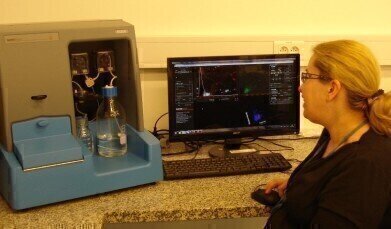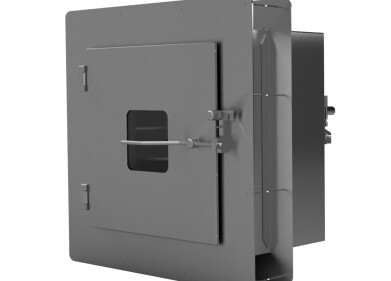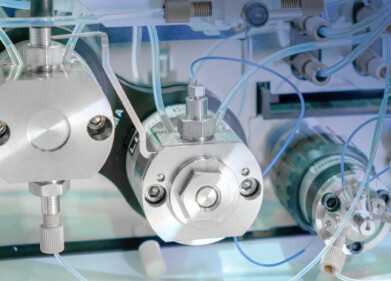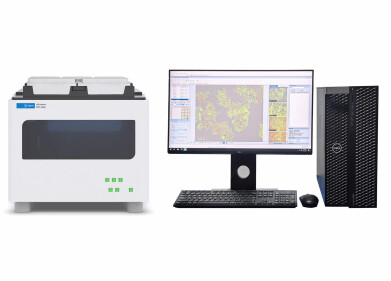Laboratory products
Nanoparticle Tracking Analysis used to Characterise Inorganic Nanopowders and Colloids
Nov 12 2013
NanoSight reports on how Nanoparticle Tracking Analysis, NTA, is being implemented for the characterisation of various inorganic nanopowders and colloids synthesised in the Institute of High Pressure Physics at the Polish Academy of Sciences in Warsaw.
The Institute of High Pressure Physics (IHPP) was founded in 1972 by the Polish Academy of Sciences. The original focus was on high-pressure studies of semiconductors. Now, research covers ceramics, HTc superconductors, biological materials (high-pressure studies of protein folding, and high pressure food processing) and the plasticity of metals (hydroextrusion). The common axis of these studies is the use of high pressure, both as a research tool (a perturbation like temperature or magnetic field) and as a technological method (high-pressure sintering, high-pressure growth of crystals).
Agnieszka Opalinska is a research chemist working on the synthesis and practical applications of nanopowders for use in medicine, optics, optoelectronics, pharmacy and cosmetics. The Institute has developed a microwave, solvothermal technology which has enabled the group to very rapidly obtain homogenous and phase-pure nanoparticles including hydroxyapatite, zinc oxide and zirconium oxide. The size and shape of these nanopowders are easy to manipulate and may be functionalised with organic molecules. With a specialty in the preparation of colloidal solutions too, the group needs accurate and easy-to-use methods of particle characterisation.
Proper characterisation of nanostructure of powders is the key stage for the process. The Institute makes several measurements including nanopowder morphology, density, specific surface area, phase composition and crystalite size, all of which are made on dry powder samples. For the past two years, the Institute has used both NTA and DLS to produce complementary sizing results. However, when making the colloidal studies, NTA has a distinct advantage. Ms Opalinska said: "using NTA also gives us the concentration of particles. We like the use of video to be able to visualise the agglomeration process and to help us track the kinetics of the process."
Digital Edition
Lab Asia Dec 2025
December 2025
Chromatography Articles- Cutting-edge sample preparation tools help laboratories to stay ahead of the curveMass Spectrometry & Spectroscopy Articles- Unlocking the complexity of metabolomics: Pushi...
View all digital editions
Events
Jan 21 2026 Tokyo, Japan
Jan 28 2026 Tokyo, Japan
Jan 29 2026 New Delhi, India
Feb 07 2026 Boston, MA, USA
Asia Pharma Expo/Asia Lab Expo
Feb 12 2026 Dhaka, Bangladesh



















